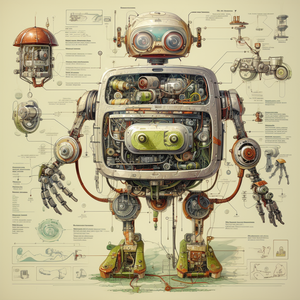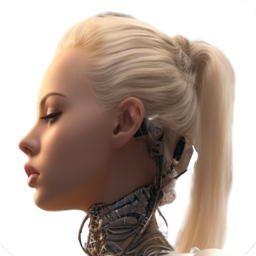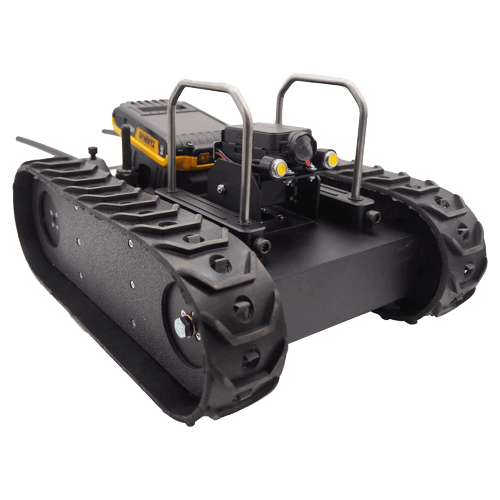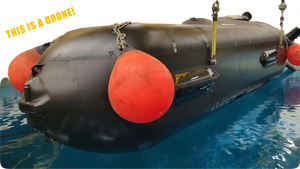In a world where the boundary between science fiction and reality is increasingly blurred, robots have become an integral part of our daily lives. From manufacturing floors to household chores, these mechanical marvels are transforming the way we work, play, and even socialize. Yet, as we stand at the threshold of this new frontier, a pressing question looms large: How do we ensure harmony between humans and robots?
The introduction of robots into various aspects of human life has not only unlocked unprecedented efficiency and precision but also brought forth a complex web of safety considerations. The interaction between human operators and robots demands a meticulous balance, a dance choreographed with precision, where safety features play the lead role.

The growing reliance on robots across industries accentuates the importance of robust safety mechanisms. Ensuring a secure experience with robotic technology is no longer a luxury but a necessity. It is a multidimensional challenge that encompasses the physical integrity of human operators, the reliability of robotic functions, and the ethical implications of machine autonomy.
But what constitutes safety in the realm of robotics? What are the key components that act as the guardians of human-robot interaction? How have recent innovations shaped the security and reliability of robotic operations? And perhaps, most intriguingly, how do we navigate the philosophical inquiries and ethical dilemmas that arise as we integrate robots more profoundly into our lives?
This article embarks on an exploration of these questions, delving into the world of robotic safety with a comprehensive guide. Through the lens of technological advancements, industry regulations, and human-centered considerations, we will uncover the anatomy of robotic safety features. Along the way, we will weave in philosophical inquiries, ethical considerations, historical connections, and cultural insights to paint a vivid picture of the landscape of robotic safety.
As we venture into this exciting journey, we invite you to ponder, empathize, and explore the intricate tapestry of safety in the robotic age. It's a dance of technology and humanity, a symphony that resonates with the intrinsic curiosity of our human condition. Let's begin.

The Anatomy of Safety - Essential Features and Human Protection
The marvels of robotics have undoubtedly captured our collective imagination. As robots venture into factories, hospitals, and even our homes, a foundational question persists: What makes them safe?
The answer to this question lies in the integration of meticulously engineered safety features. Modern robots are equipped with a suite of protocols designed to ensure a harmonious interaction with their human counterparts. Let's delve into the cornerstone elements:
Emergency Stop Functions: Often referred to as the "panic button," this feature allows immediate deactivation of the robot, providing human operators with a fail-safe control mechanism.
Limiting Devices: These systems control the range, speed, and force of the robot's movement, creating physical barriers that prevent unintended interactions.
Sensory Shields: Utilizing advanced sensors, robots can detect the presence of humans and objects, thereby adjusting their actions to avoid collisions and harm.
Authentication Protocols: Ensuring that only authorized personnel can operate or modify the robot's functions adds a layer of security, protecting against unauthorized access and potential malfunctions.
Maintenance Alerts: Regular monitoring and predictive diagnostics keep the robotic systems in optimal condition, alerting operators to potential issues before they escalate into safety hazards.
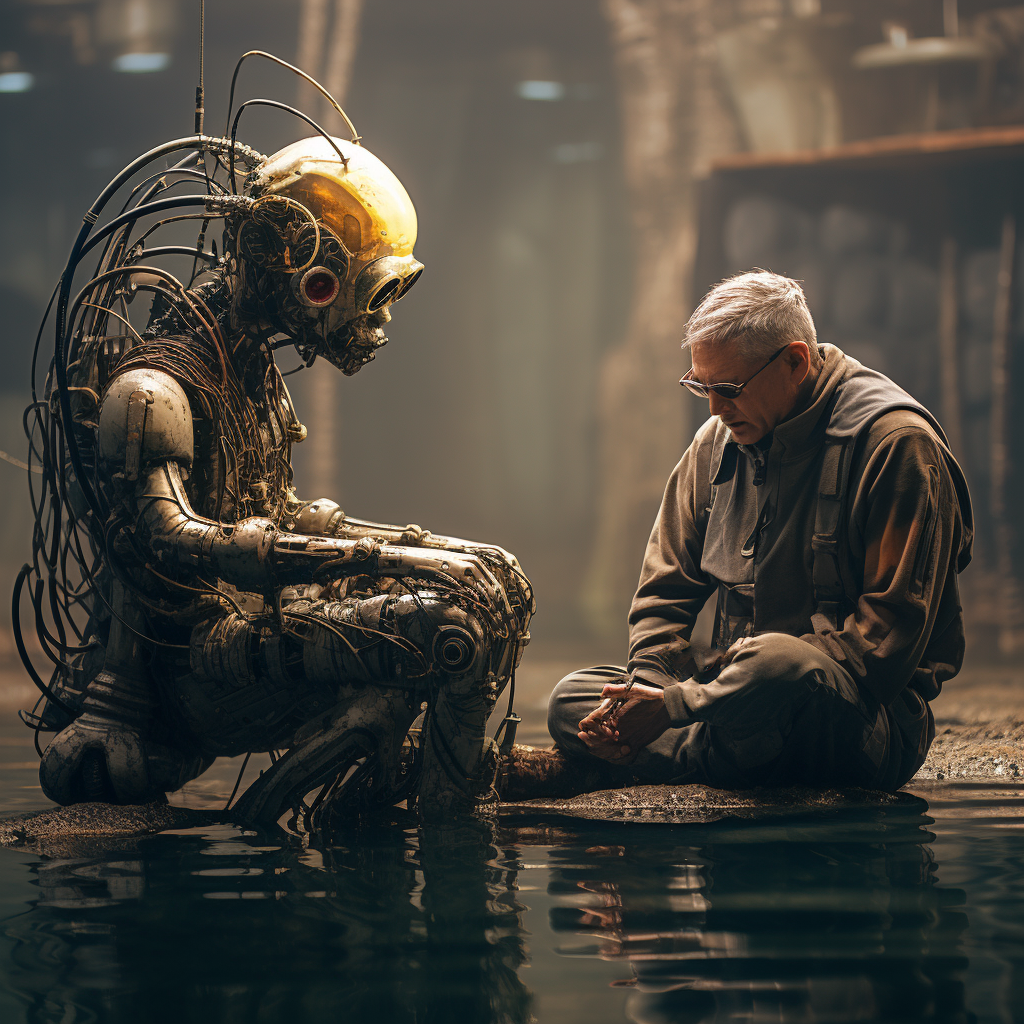
Protecting the Human Operator: A Symbiotic Relationship
The safety features are not mere technicalities; they form the essence of a symbiotic relationship between humans and robots. How do these features translate into real-world protection?
Prevention of Physical Harm: Safety mechanisms act as a shield, preventing collisions and accidents that could result in physical injuries to human operators.
Enhanced Operational Accuracy: By limiting the range and force of movement, safety features ensure that robots perform their tasks with precision, reducing the risk of errors that could harm humans or damage equipment.
Ethical Assurance: The adherence to safety standards resonates with an ethical commitment to human well-being. It underscores the importance of human dignity and value in the era of automation.

Building Trust: Trust is the cornerstone of human-robot collaboration. The transparent implementation of safety features fosters confidence, encouraging more seamless interaction and collaboration.
In the tapestry of robotic innovation, safety features are the threads that bind the technological prowess with the human touch. They are more than mere technical specifications; they are the embodiment of a philosophical pursuit for harmony, an ethical commitment to human well-being, and a historical testament to our evolving relationship with machines.
As we look to the future, these safety protocols will undoubtedly continue to evolve, reflecting our ongoing journey to balance the brilliance of technology with the intrinsic values of our human condition.
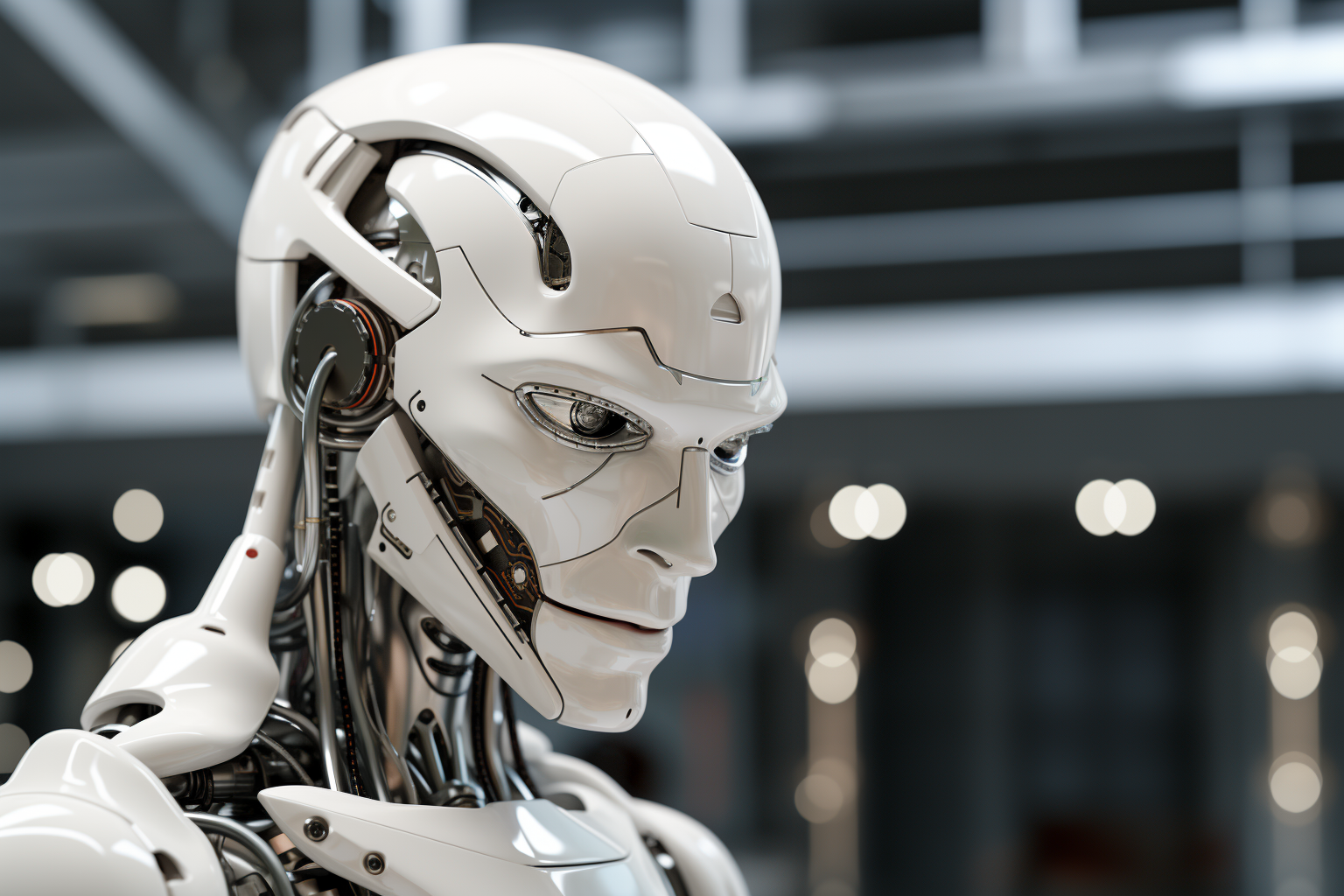
Advancements and Enforcement - The Evolving Landscape of Robotic Safety
In the ever-evolving arena of robotics, the pursuit of safety is not a static endeavor. It is a dynamic process, driven by ceaseless innovation and exploration. The recent years have witnessed remarkable leaps in the realm of robotic safety, painting a vivid picture of progress:
Adaptive Safety Algorithms: Modern robots are now capable of learning and adapting to their surroundings. Through machine learning and artificial intelligence, they can recognize patterns, predict potential hazards, and respond with enhanced accuracy.
Human-Robot Collaboration Systems: Known as Cobots, these robots are designed to work hand-in-hand with human operators. Advanced sensors and real-time feedback loops allow Cobots to respond to human movements and intentions, creating a seamless dance of cooperation.
Virtual Reality Training Modules: Before even interacting with physical robots, operators can now immerse themselves in virtual environments. This virtual training ground offers a safe space to learn, experiment, and master the interaction with robots without risking physical harm.
Quantum Encryption: In an age where cyber threats are as real as physical dangers, quantum encryption offers a fortress of security. By leveraging the principles of quantum mechanics, this technology ensures that robotic systems are virtually impenetrable to hacking and unauthorized access.
The Rulebook of Robotics: Enforcing Safety Standards
Ensuring safety is not merely a technological challenge; it is also a matter of governance, ethics, and societal responsibility. The enforcement of safety standards is a complex tapestry, woven from various threads:
International Regulations: Bodies like ISO (International Organization for Standardization) have laid down comprehensive guidelines. These standards serve as a global benchmark, bridging cultural and geographical divides.
Government Oversight: National governments play a pivotal role in enforcing safety regulations. They hold the key to legal compliance, inspections, and certifications, ensuring that robotic technologies adhere to the prescribed norms.
Industry Self-Regulation: Many industries have taken the mantle of self-regulation. Through collaborations, consortiums, and shared best practices, they foster a culture of safety that transcends mere legal compliance.
Consumer Awareness: The end-users, whether they are factory workers or home consumers, are empowered with knowledge and awareness. Transparency in safety features and accessible information plays a crucial role in creating an informed user base.
Ethical Committees: Robotic safety is not just a technical matter; it's an ethical one. Ethical committees and think tanks regularly engage in debates, reflections, and recommendations, ensuring that safety protocols align with our broader human values.
The confluence of technological innovation and robust enforcement mechanisms paints a promising picture of the future of robotic safety. It reflects a journey that transcends mere functionality, reaching into the very soul of our societal aspirations.
In the dance of human progress, robotics stands as a partner, not a rival. The safety features and their diligent enforcement echo a collective desire to harmonize technology with humanity, to create a symphony that resonates with our shared dreams and hopes.
Sensory Technology and Customized Solutions - The Touch and Tailor of Robotic Safety
The world of robotics often mirrors the intricacies of human senses. Just as our eyes, ears, and skin perceive the environment, robotic sensors act as the vital conduits of perception. They are not merely technical components but extensions of the robot's very essence:
Perceptive Sensors: These sensors, akin to our eyes, enable robots to visualize their surroundings. Through cameras, LiDAR, and other optical technologies, they craft a coherent image, allowing robots to navigate with finesse.
Tactile Sensing: The sense of touch in robots is achieved through pressure and temperature sensors. They detect subtle changes in force, temperature, and texture, mirroring the human skin's sensitivity. It's a dance of electrons that translates into a gentle robotic embrace.
Acoustic and Vibrational Awareness: Robots, through microphones and vibrational sensors, can listen to the world. They hear the hum of machinery, the whisper of potential malfunctions, and the rhythm of operations.
Chemical Sensing: In industries dealing with chemicals and hazardous materials, robots are equipped with sensors to detect and respond to harmful substances. It's a silent vigil, a robotic nose that sniffs out danger before it escalates.

Real-time Monitoring and Feedback: Sensors are not passive observers; they are active participants. They communicate, analyze, and respond, creating a dynamic interplay that enhances safety and efficiency.
Sensors are the unspoken poets of the robotic world, translating the tangible and intangible into a language of electrons and algorithms. They compose a symphony of safety, a harmony that resonates with the precision of technology and the subtlety of human senses.
Tailoring Safety: Customized Solutions for Diverse Industries
In the vast tapestry of modern industries, each sector presents unique challenges and requirements. Robotic safety, therefore, cannot be a one-size-fits-all approach. It must be tailored, stitched with the fabric of specificity:
Healthcare Robotics: In the delicate world of healthcare, robots are customized to operate with surgical precision. Safety protocols are designed to ensure sterility, patient comfort, and medical accuracy.
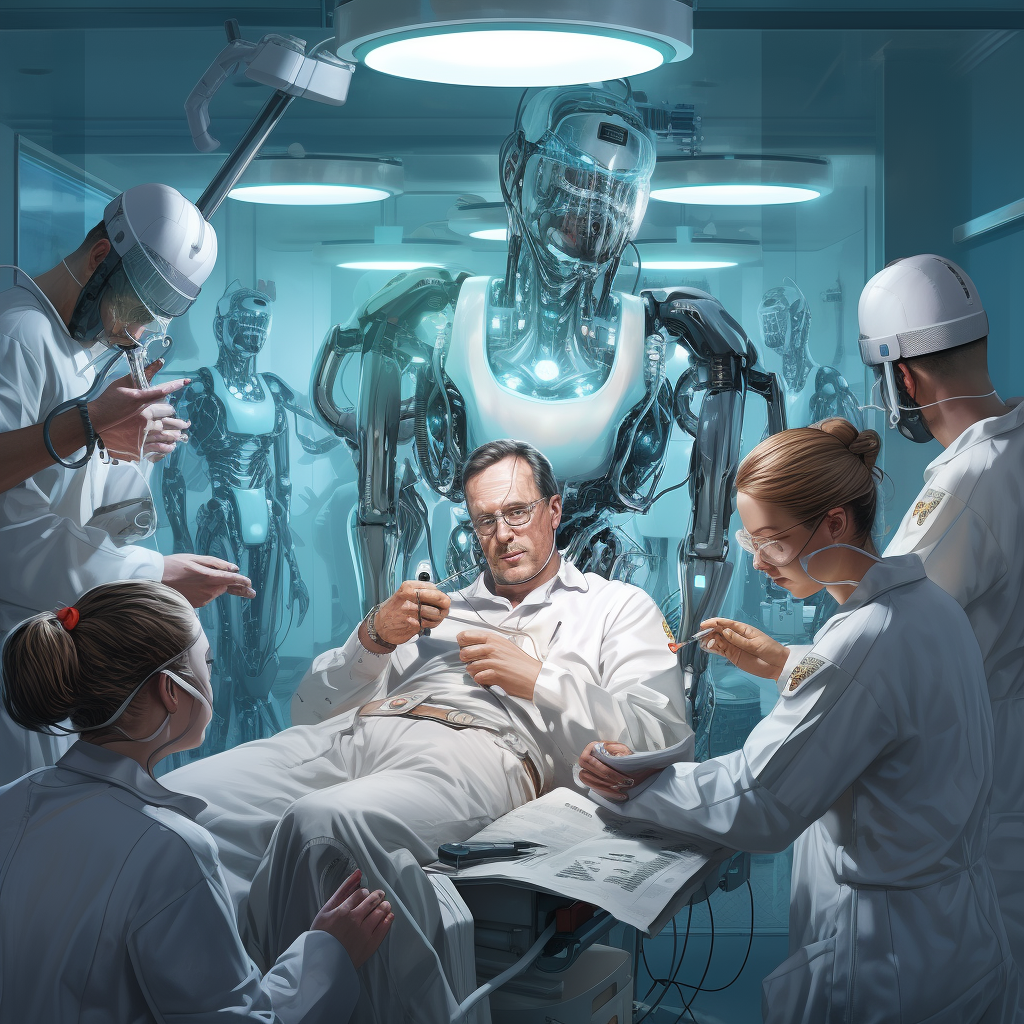
Manufacturing and Automotive: Robots in manufacturing are often powerful and robust. Their safety features are crafted to withstand physical stress and to protect human workers in close proximity.
Agriculture and Farming: In the fields and farms, robots must navigate natural terrains and interact with plants and animals. Customized safety features account for these organic interactions, ensuring harmony with nature.
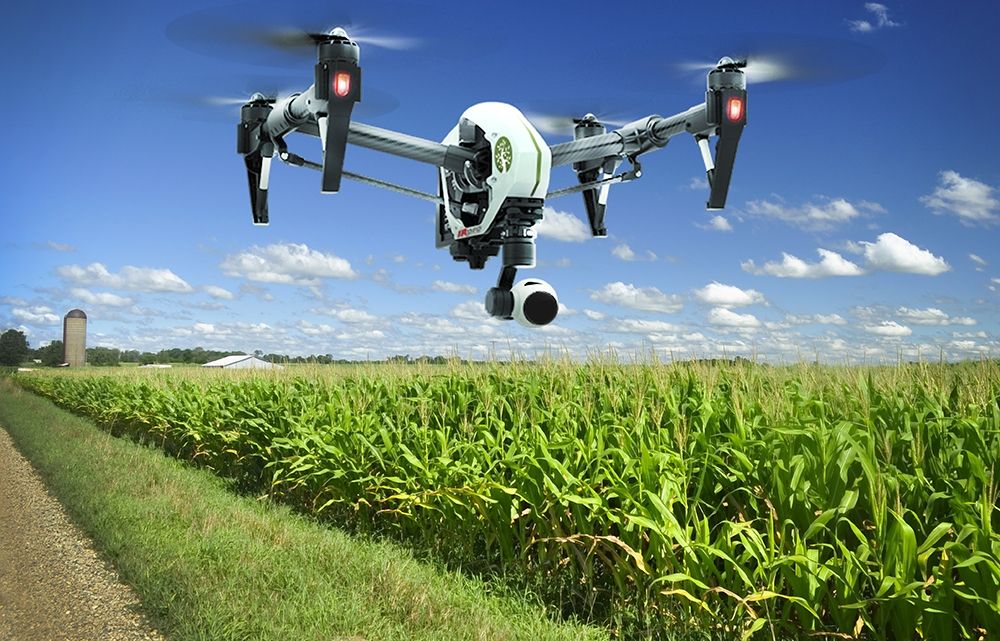
Space Exploration: The final frontier presents challenges of vacuum, radiation, and isolation. Robots designed for space must have safety features that can thrive in the harshest of environments.
Entertainment and Leisure: Robots in entertainment must engage with people, often children, with gentleness and creativity. The safety protocols are woven with a thread of joy, ensuring a delightful interaction.
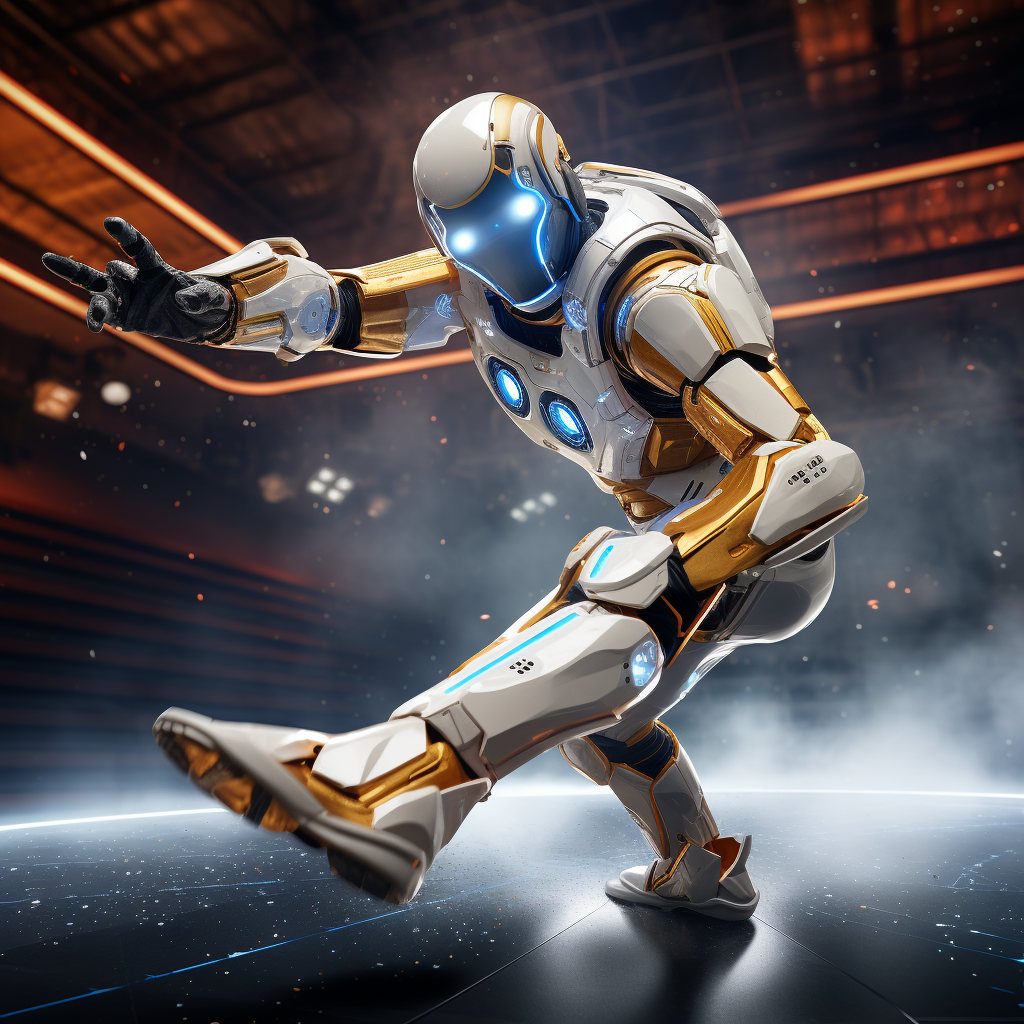
Customizing robotic safety is an art, a craftsmanship that blends technology with empathy. It is about understanding the heartbeat of an industry and sculpting a robotic companion that resonates with its unique rhythm.
Navigating the Labyrinth – Challenges and Efficiency in Robotic Safety
Creating a robotic system with foolproof safety is akin to navigating a labyrinth filled with intricate turns and unforeseen obstacles. Here's a look into the maze:
Technical Complexity: The marriage of safety with robotic functionality is not a simple union. It involves weaving together intricate algorithms, fine-tuning sensors, and harmonizing mechanical parts.
Cost Implications: Implementing top-notch safety mechanisms demands investment in quality components and sophisticated software. It's a delicate balance between safety and affordability.
Regulatory Compliance: Adhering to industry-specific regulations adds layers of complexity. Robots must dance to the tune of local and international standards, each with its own rhythm and cadence.
Human-Robot Interaction Challenges: Understanding the human psyche and predicting human behavior is a puzzle even for robots. Crafting safety features that resonate with human unpredictability is an art and science.
Environmental Adaptation: Robots, unlike paintings, are not confined to galleries. They step into the chaotic world, where weather, terrain, and unexpected events test the mettle of safety features.
Maintenance and Upkeep: Safety is not a one-time affair. It's a continuous commitment that demands regular inspection, timely updates, and a watchful eye.
Ethical Boundaries: In enhancing safety, where does one draw the line between intrusion and precaution? How does a robot respect personal space while being vigilant? It's a philosophical conundrum.
The labyrinth of robotic safety is not insurmountable, but it demands the patience of a philosopher, the precision of an artist, and the pragmatism of an engineer.
The Symphony of Safety and Efficiency: A Harmonious Connection
Safety and efficiency in robots are not isolated notes; they are part of a grand symphony, complementing and elevating each other:
Prevention and Prediction: Safety features act as a vigilant guardian, preventing mishaps and predicting anomalies. This proactive stance enhances the efficiency of operations by minimizing downtime.
Quality Assurance: Safety is synonymous with quality. Robots equipped with advanced safety mechanisms ensure precision, consistency, and reliability, contributing to higher productivity.
Human Collaboration: When robots are safe companions, human workers can collaborate without fear. It's a partnership that amplifies creativity, innovation, and speed.
Adaptation to Varied Tasks: Robotic safety features enable adaptability. Robots can be assigned diverse tasks without compromising security, thus optimizing resource utilization.
Energy Efficiency: Intelligent safety systems can regulate energy consumption, aligning with environmental sustainability and cost-effectiveness.
Trust and Dependability: Safety builds trust, and trust fuels efficiency. A dependable robot becomes an integral part of the workflow, enhancing overall productivity.
The relationship between safety and efficiency is a dance, a harmonious movement that transcends functionality. It's about creating a workspace where technology and humanity coexist in a rhythm of trust and excellence.
Sustaining the Guard – Maintenance and Future Horizons
Maintaining robotic safety is akin to preserving a masterpiece; it demands attention to detail, reverence for the craft, and a constant commitment to excellence. Here's a glimpse into the art of preserving safety in robots:
Regular Inspection: A careful eye must assess every brushstroke of safety features. Regular inspections uncover hidden flaws, ensuring that the portrait of safety remains intact.
Software Updates: In the digital age, paint never dries. Regular software updates are akin to retouching a painting, keeping the colors vibrant and the lines sharp.
Training of Personnel: Maintenance is an artist's journey, not a mechanical task. Training human operators to understand the nuances of robotic safety is an essential brush in the maintenance palette.
Environmental Considerations: Every masterpiece has its preferred environment. Robotic safety features must be maintained in harmony with the surroundings, whether it's a factory, a farm, or a space station.
Ethical Stewardship: The preservation of safety is not just about bolts and bytes; it's about ethical stewardship. It's about respecting the dignity of both humans and machines.

Adaptation to Change: Change is the only constant. A masterpiece of safety must adapt to new technologies, regulations, and human needs.
Documentation and Compliance: A work of art has its provenance. Similarly, safety maintenance requires meticulous documentation and compliance with standards, preserving its authenticity and integrity.
B. The Horizon of Possibilities: Future Innovations in Robotic Safety
Peering into the future of robotic safety is like gazing at the horizon at dawn, filled with possibilities, colors, and a promise of a new day. Here's what the horizon might hold:
AI-Driven Safety Measures: Imagine safety features that learn, adapt, and evolve. Artificial intelligence may usher in a new era where safety becomes a living, breathing entity.
Human-Centric Design: The future may see robots that don't just work with humans but feel with them. Sensing human emotions and adapting safety measures accordingly could be the next frontier.
Global Collaboration: A world where safety standards are not fragmented by borders but united by a common humanistic vision. Collaboration may lead to universally accepted safety protocols.
Sustainability and Ethics: Safety in harmony with nature and ethics might become a guiding principle. Robots that preserve not just human safety but the safety of our planet and values.
Integration with Virtual Reality: Training and testing of safety features might move into virtual realms, creating risk-free environments for innovation and experimentation.
The Convergence of Industries: Safety might cease to be industry-specific. The convergence of technologies might lead to universal safety solutions, transcending the boundaries of sectors.
A Symphony of Safety – A Harmonious Future
As we stand at the threshold of a world ever more intertwined with robotic ingenuity, the discourse on safety becomes a symphonic melody that resonates across the diverse landscapes of technology, ethics, industry, and humanity. It's a melody composed of intricate harmonies, echoing the complex interplay between human creativity and mechanical precision.
In the exploration of safety features within modern robots, we have ventured far beyond mere technicalities and specifications. We have embarked on a philosophical inquiry that probes the very essence of human-machine coexistence. A relationship founded on trust, empathy, and a mutual aspiration for excellence.
The Essentiality of Safety: Safety is not an adjunct; it is a core virtue. It's the golden thread that weaves together the fabric of innovation, allowing the human spirit to soar without fear, to explore without reservation. It's the assurance that technology serves humanity, not subjugates it.
The Ethics of Safety: We have unraveled the ethical considerations that underpin the safety features of robots. The moral compass that guides us towards a future where technology is not just smart but wise, not just efficient but compassionate.
The Tapestry of Innovation: The advances in robotic safety are not isolated notes but a rich tapestry of innovation. They tell a story of human ingenuity, relentless curiosity, and a determination to transcend limitations.
The Universality of Safety: We've glimpsed into the universality of safety, recognizing that it's not confined to specific domains or geographies. It's a global endeavor, a shared dream that transcends boundaries and unites us in a common quest.
The Future's Embrace: As we peer into the horizon, the future's embrace is warm, inviting, and filled with possibilities. The innovations on the cusp are not mere extensions of the present but bold leaps into uncharted territories.
In the melody of safety, every note matters, every rhythm counts, and every harmony adds richness. It's a symphony that will continue to evolve, adapt, and inspire. As we march forward, let us not lose sight of the profound humanity that infuses our technological pursuits. Let us celebrate the safety features of robots, not as mere mechanisms but as embodiments of our values, our aspirations, and our relentless pursuit of a future that's not just technologically advanced but humanly profound.
May we ponder this question: In an age where machines can think, learn, and adapt, what does it mean to be truly safe? What does it mean to be human in a world adorned with the marvels of robotics? The answers lie in the journey ahead, in the unending symphony of safety, a harmonious future that awaits us all.
As you can see from this very comprehensive guide, we have gone a long way from Wall-e to today and we strongly believe that within a decade, we will have humanoids all around us, helping out and shaping a new mix society!


